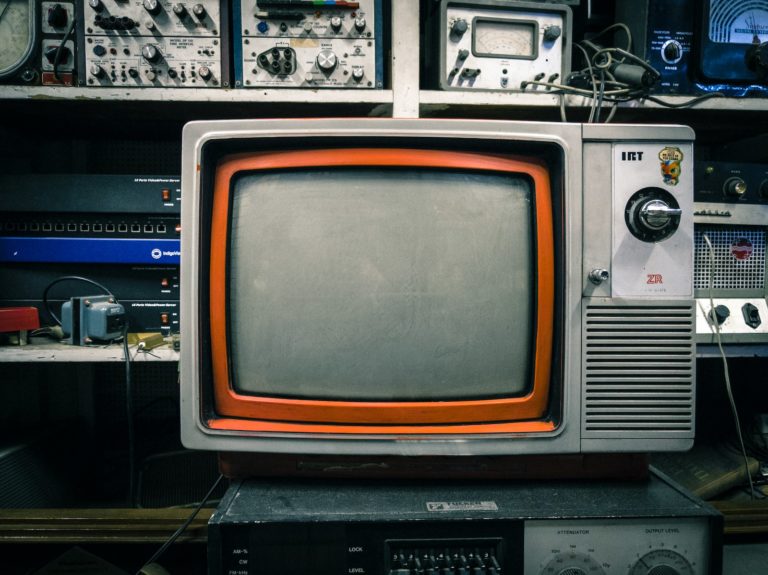Television has come a long way since its inception over a century ago. What started as a primitive, experimental technology has evolved into a sophisticated and ubiquitous medium that has transformed the way we communicate, entertain ourselves, and understand the world around us.
The history of television can be traced back to the late 1800s, when scientists and inventors began experimenting with ways to transmit images and sound through the air. The first successful demonstration of television occurred in 1926, when Scottish inventor John Logie Baird transmitted a television signal over a distance of a few hundred feet.
In the following decades, television technology continued to evolve, and the first commercial television broadcasting systems were introduced in the 1930s. These early television systems were limited in terms of the number of channels they could transmit and the quality of the images they could produce. However, they marked the beginning of a new era in communication and entertainment, and they laid the foundation for the modern television industry.
In the decades that followed, television technology continued to advance, and television sets became more affordable and widely available. The 1950s and 1960s saw the emergence of color television, and the 1970s and 1980s saw the rise of cable television, which offered a wider range of channels and programming options.
The 1990s and 2000s marked a major turning point for television, as the industry was transformed by the emergence of digital technology and the rise of the internet. Digital television systems offered improved picture and sound quality, and they enabled the creation of new types of programming, such as interactive and on-demand content. The internet also played a major role in the evolution of television, as it enabled the creation of new platforms for distributing and consuming television content, such as streaming services and social media.
In recent years, television has continued to evolve and adapt to new technologies and changing consumer preferences. The proliferation of streaming services, the rise of mobile devices, and the increasing availability of high-speed internet have all had a major impact on the way we watch TV. Today, consumers have more options than ever when it comes to accessing and consuming television content, and the industry is constantly adapting to new technologies and platforms in order to meet the demands of a changing market.
The history of television is a long and storied one, marked by significant technological advances and cultural shifts. From its humble beginnings as a primitive and experimental technology, television has evolved into a sophisticated and ubiquitous medium that has transformed the way we communicate, entertain ourselves, and understand the world around us.




















